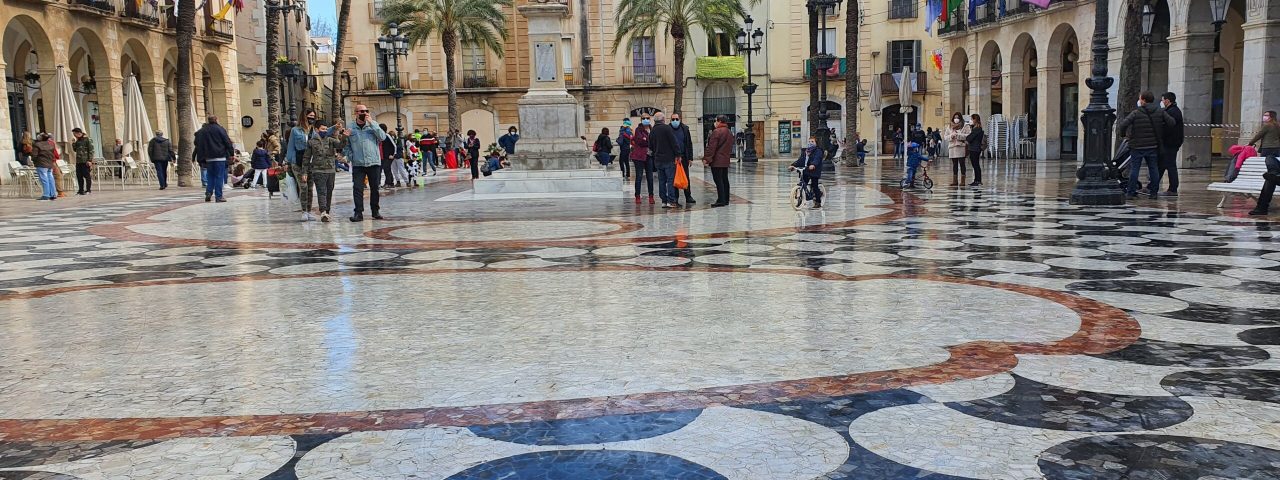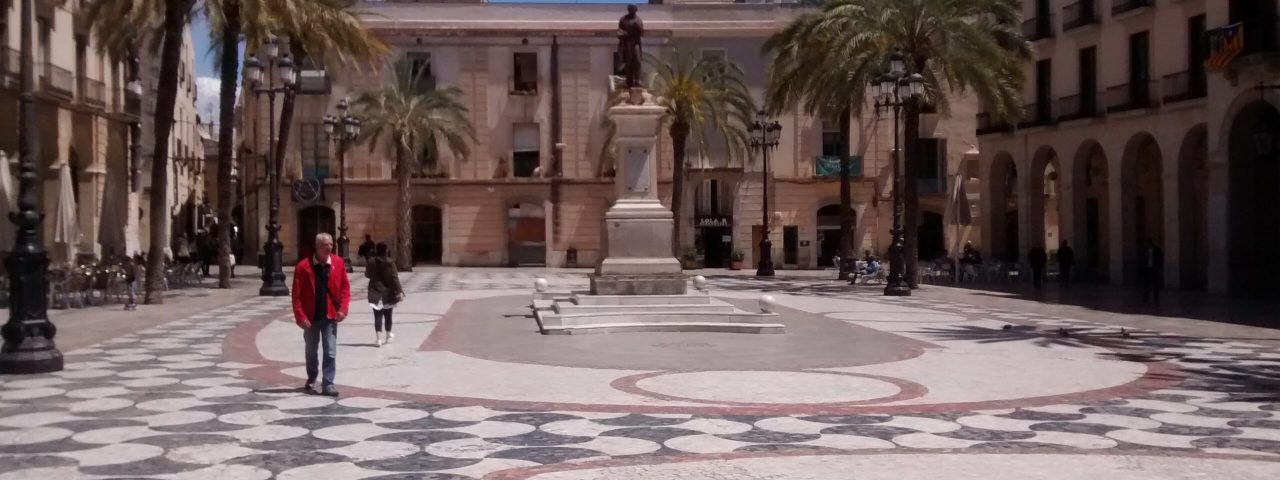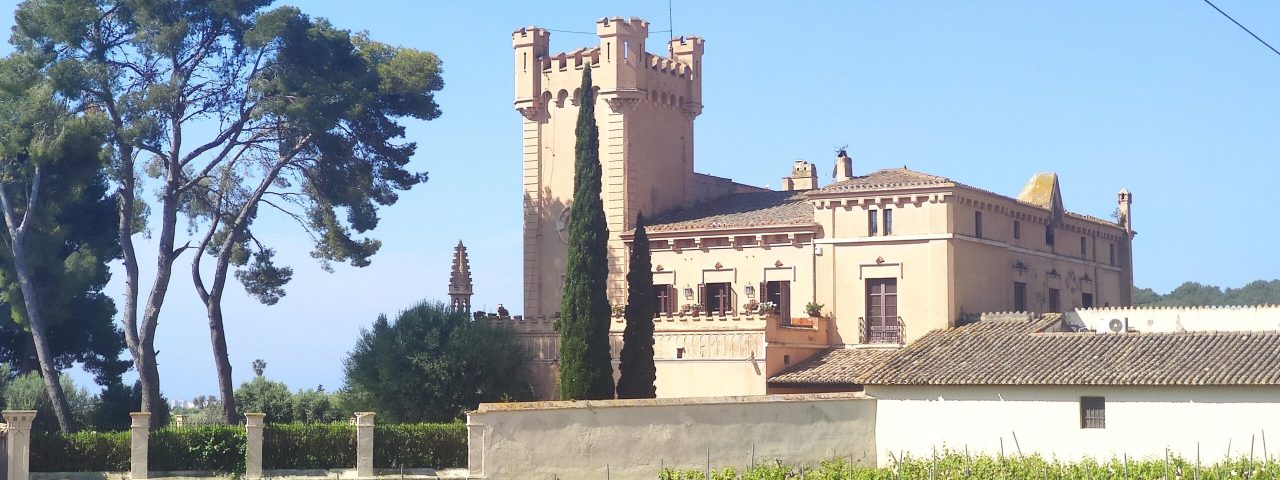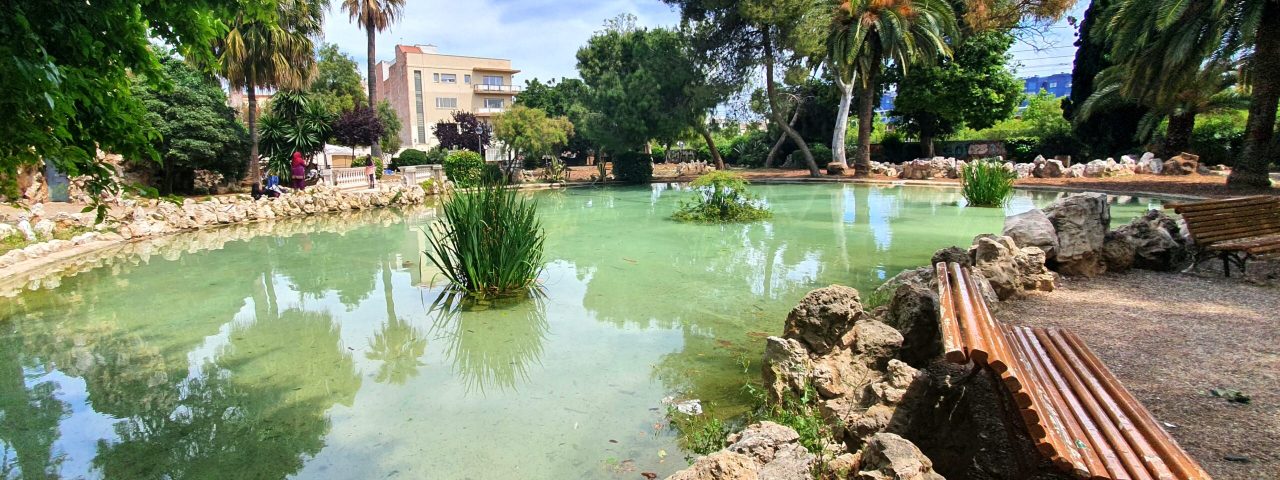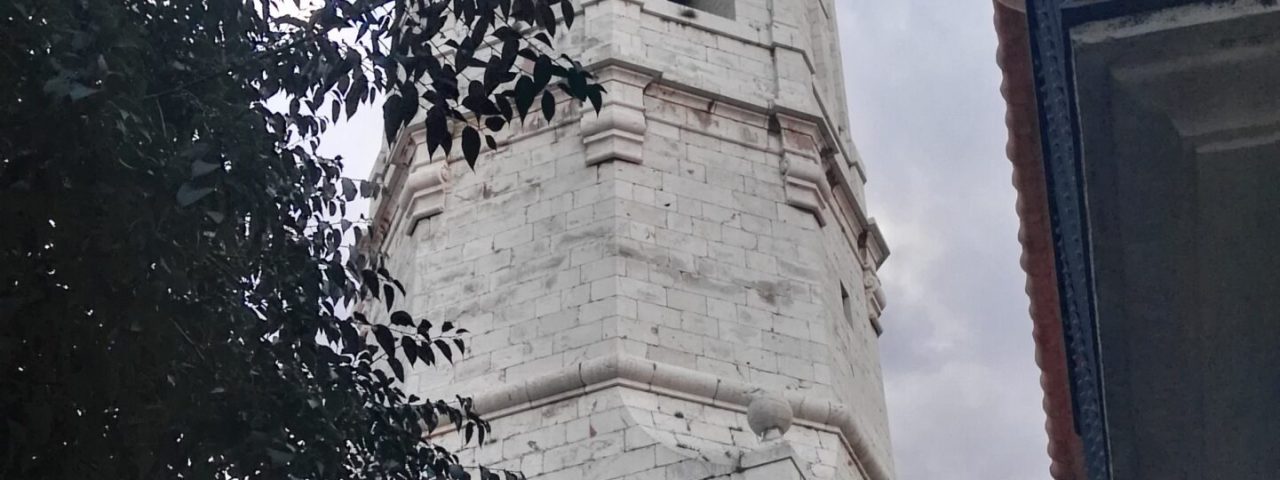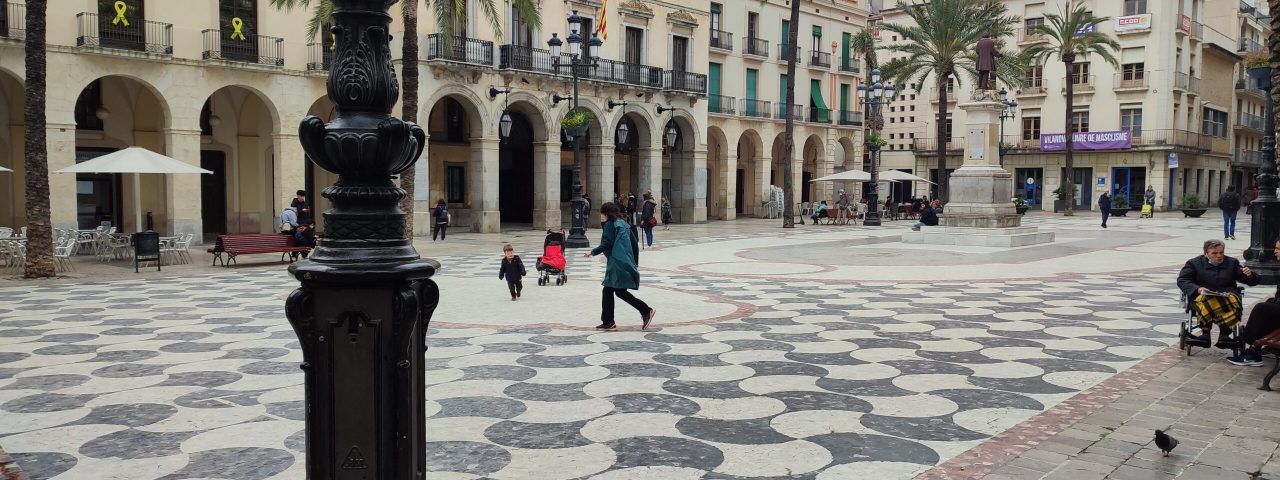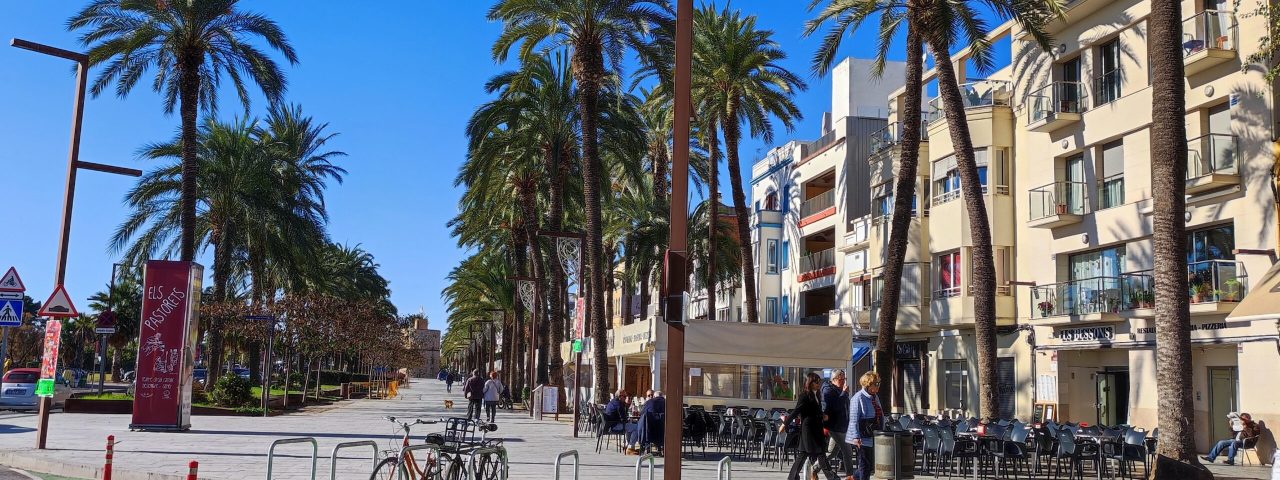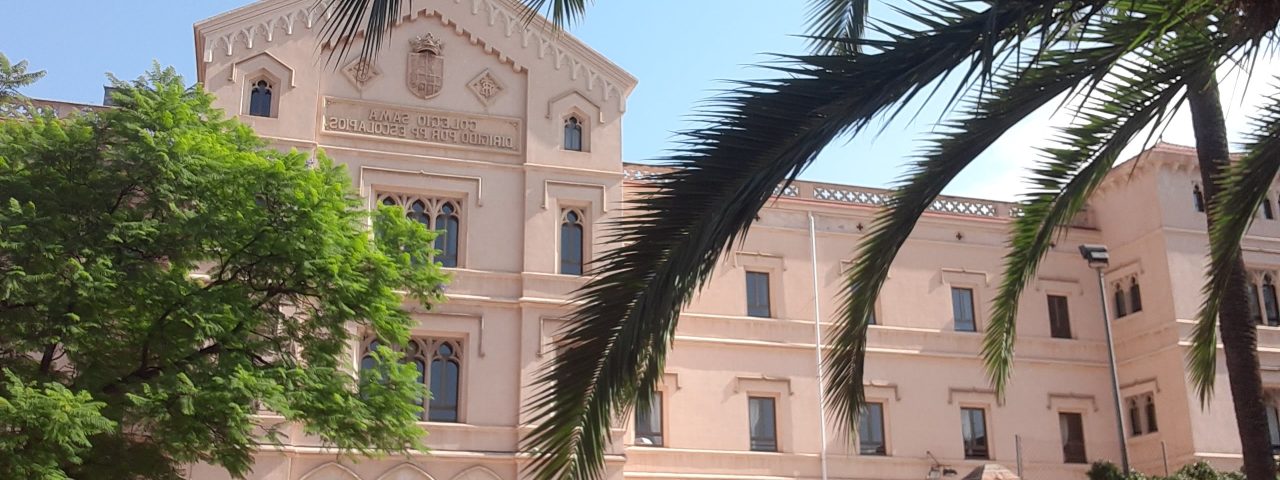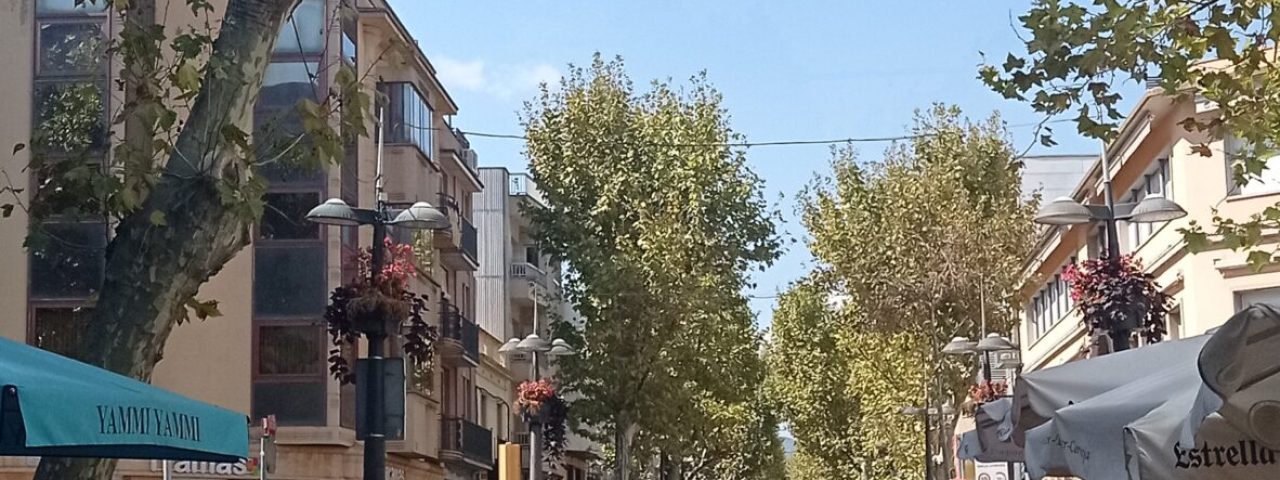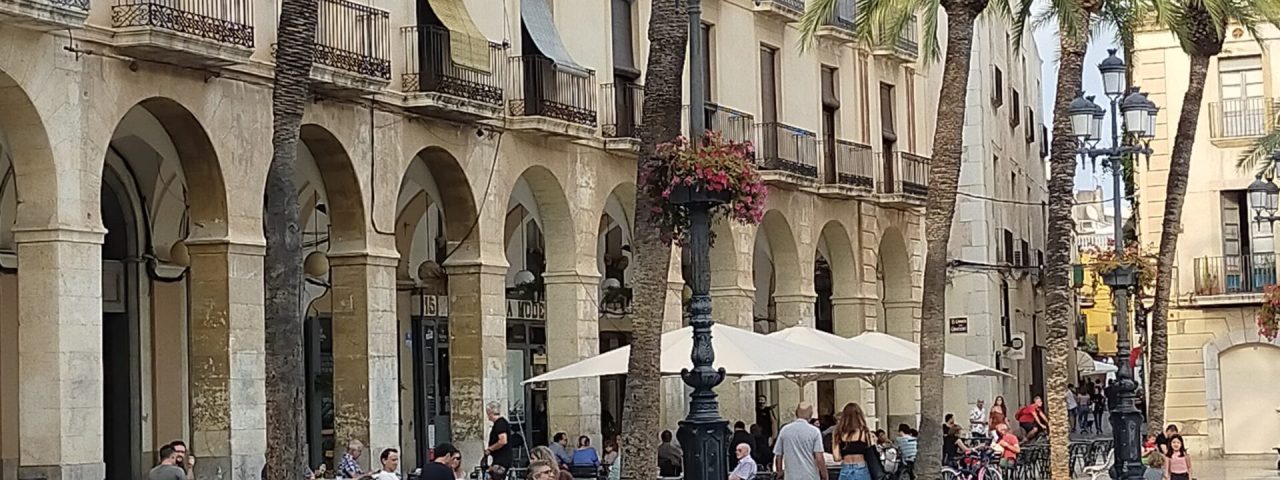Villanueva y Geltrú has a rich and diverse history, with roots dating back to Roman times. It began as two distinct settlements: Villanova, a fishing village, and Geltrú, a more inland community that eventually merged. Over the centuries, the city evolved under various influences, including the Moors and later the Christian Reconquista. During the medieval period, Villanueva y Geltrú thrived due to its strategic coastal position and was heavily fortified to protect against pirate raids.
Today, the city is known for its vibrant cultural life. One of the most famous local festivals is the Festa Major, celebrated in August, where locals take part in parades, fireworks, and traditional dances. The Carnival of Villanueva y Geltrú is also well-known across Catalonia for its lively atmosphere, with street parties, elaborate costumes, and a deep-rooted sense of community. Other local customs, such as the Sant Antoni Abat festival, celebrate Catalonia’s agricultural and maritime traditions.
Culturally, the city is closely tied to the region’s Catalan heritage, with the local language being Catalan, although Spanish is also widely spoken. Villanueva y Geltrú is home to numerous historical landmarks, including the Geltrú Castle, which dates back to the medieval period, as well as several churches and civic buildings that reflect the city’s storied past.
